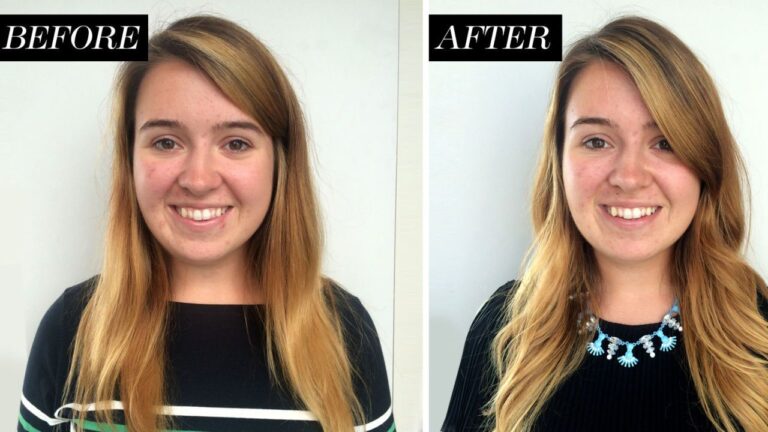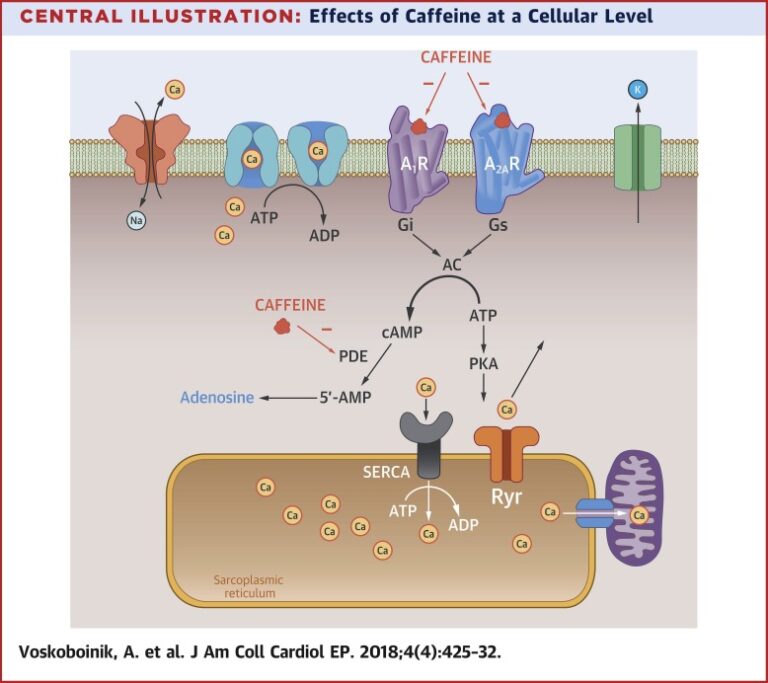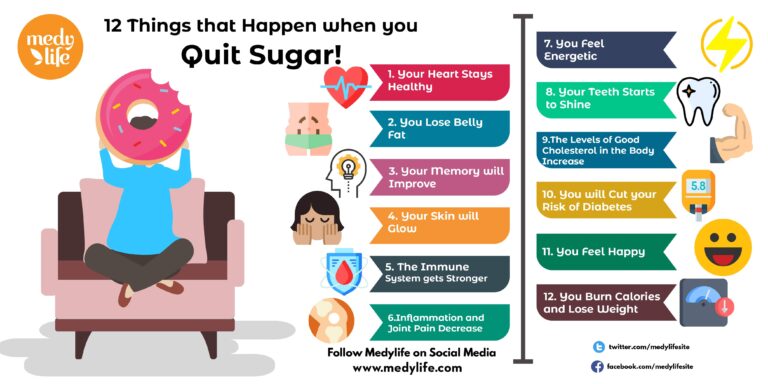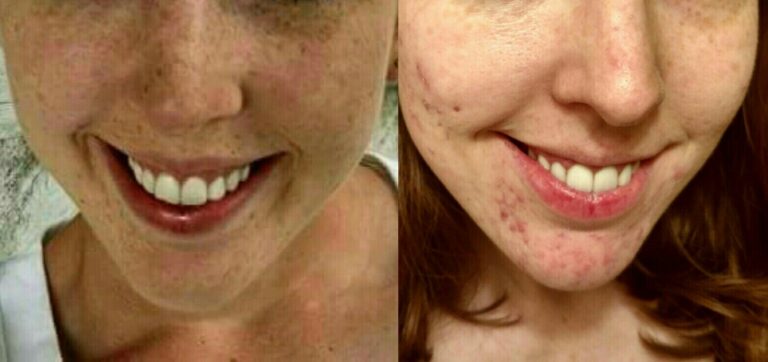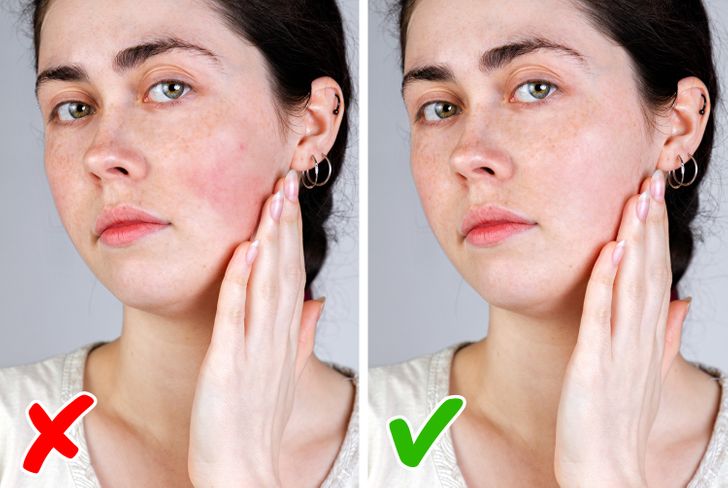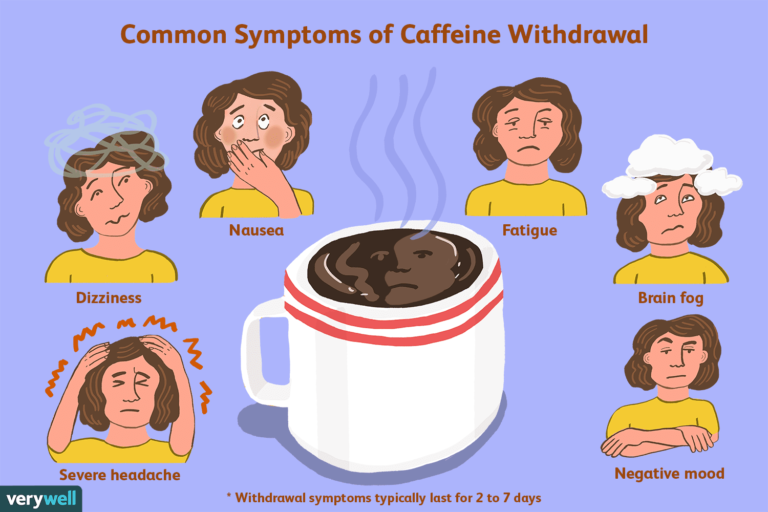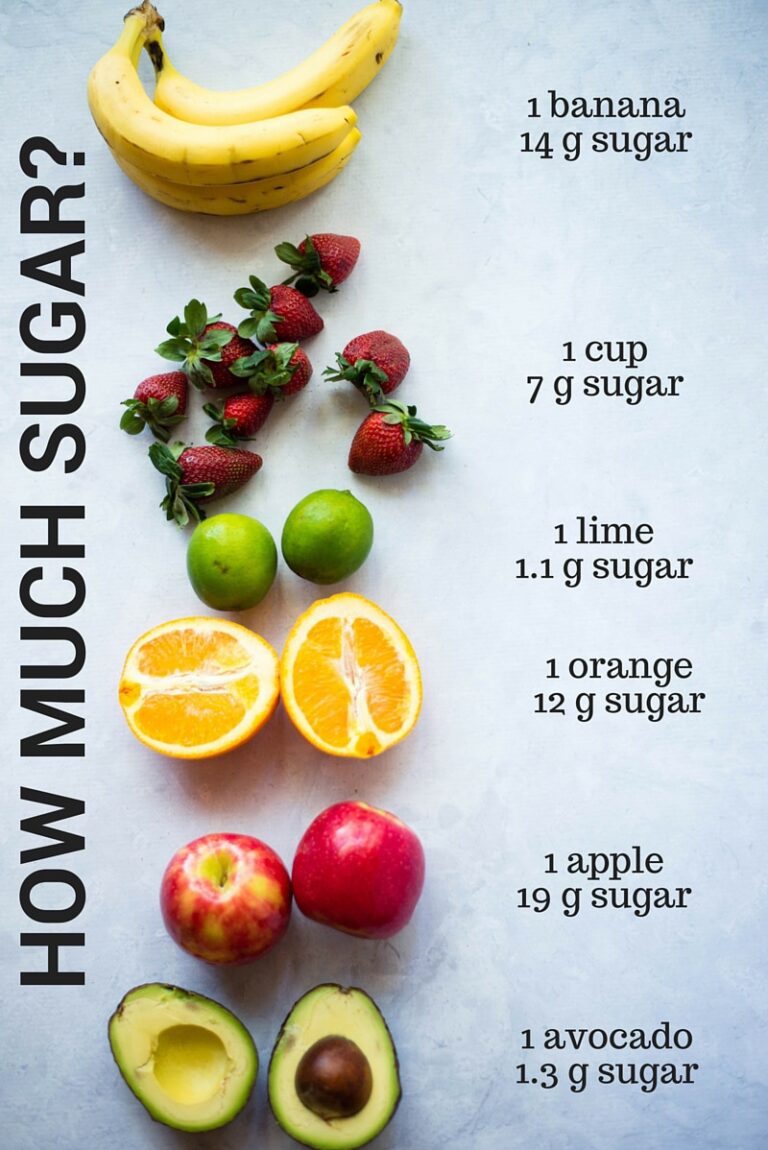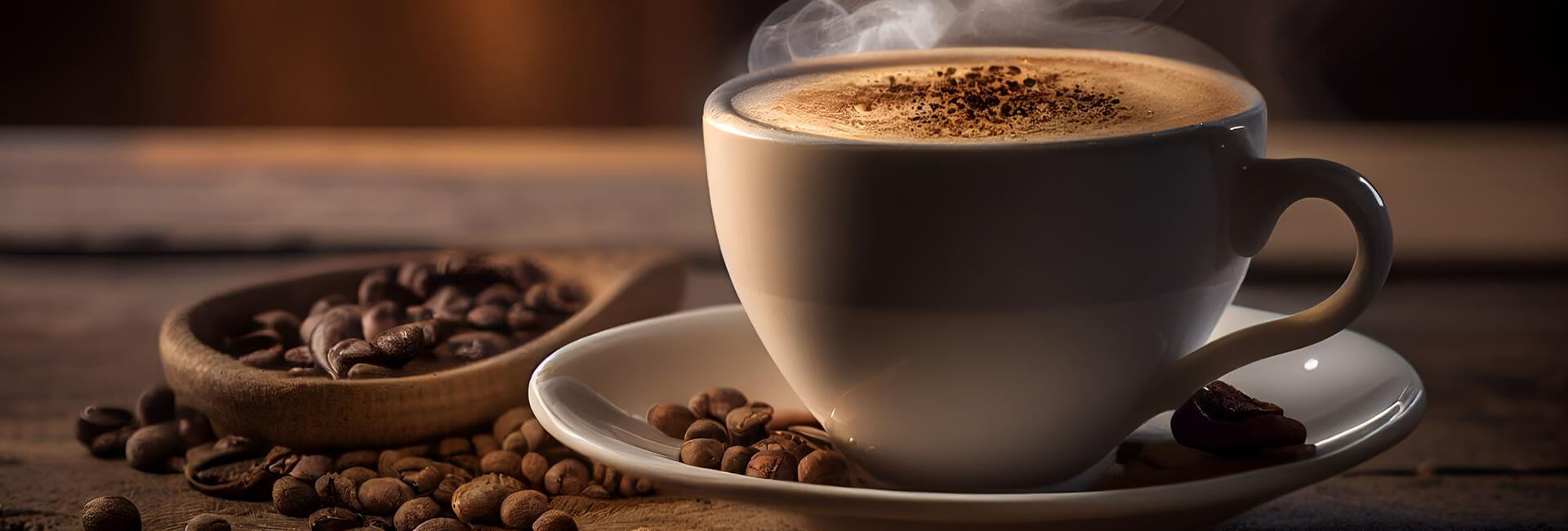
BEGIN YOUR JOURNEY FROM ADDICTION TO HEALTHIER LIFE.
Choose Life Over Caffeine!
Empower your journey towards a caffeine-free lifestyle with “Caffeine Addiction Help”. Uncover knowledge, embrace transformation, and liberate yourself from addiction. It’s time to prioritize life, health, and well-being over caffeine.
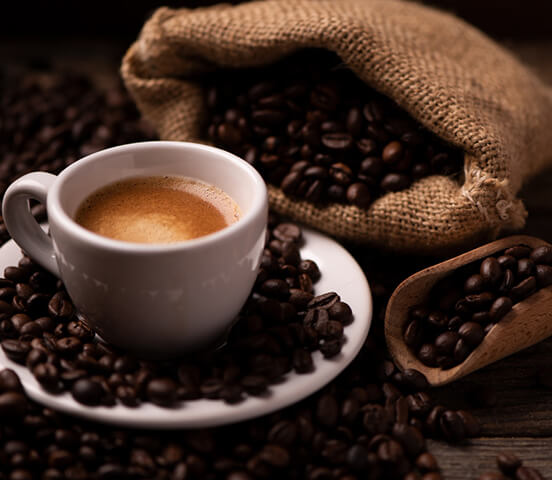
WELCOME TO Caffeine Addiction Help
Get Rid Of Caffeine Addiction.
Welcome to “Caffeine Addiction Help,” your dedicated guide on overcoming caffeine and sugar addiction. We combine expert insights with scientifically-backed strategies to help you reclaim control over your lifestyle. We’re committed to providing the tools you need for a healthier, more vibrant life. Start your journey with us today.

Do you need any further information?
For any queries regarding caffeine & sugar-free life, tap the contact us button. We’re here to assist you.
BLOGS & NEWS
Our Latest Blogs
Dive into our latest blog posts, where we unravel fresh insights, bust prevalent myths, and bring you empowering strategies to combat caffeine and sugar addiction. Begin your journey towards a healthier life with us today.
As we age, we all want to maintain our youthful looks and vitality. Many people have turned to a…
Sugar is everywhere around us, and it’s hard to resist the temptation of eating a sweet treat. However, consuming…
Caffeine is a commonly consumed stimulant found in coffee, tea, energy drinks, and even some medications. It is known…
Sugar is an essential part of our daily diet. However, excessive consumption of sugar can lead to a wide…
Are you a coffee lover who is struggling with acne? Does the thought of giving up your daily dose…
Quitting sugar can have a variety of effects on the body, some of which may not be immediately apparent….
Are you a coffee lover who can’t start the day without a cup of your favorite brew? Did you…
Caffeine is a widely consumed substance that can be found in coffee, tea, soda, and other beverages. It is…
Are you someone who has recently quit sugar? Or are you considering doing so? If yes, you may be…
